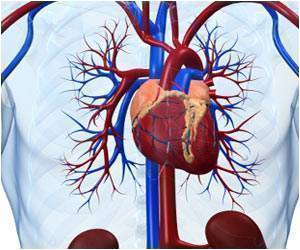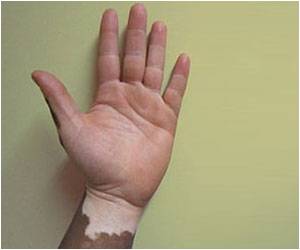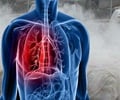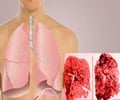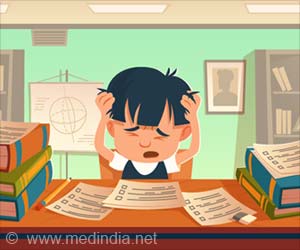Exposure to certain household chemicals in the womb is linked to decreased lung function in children, finds a new study.
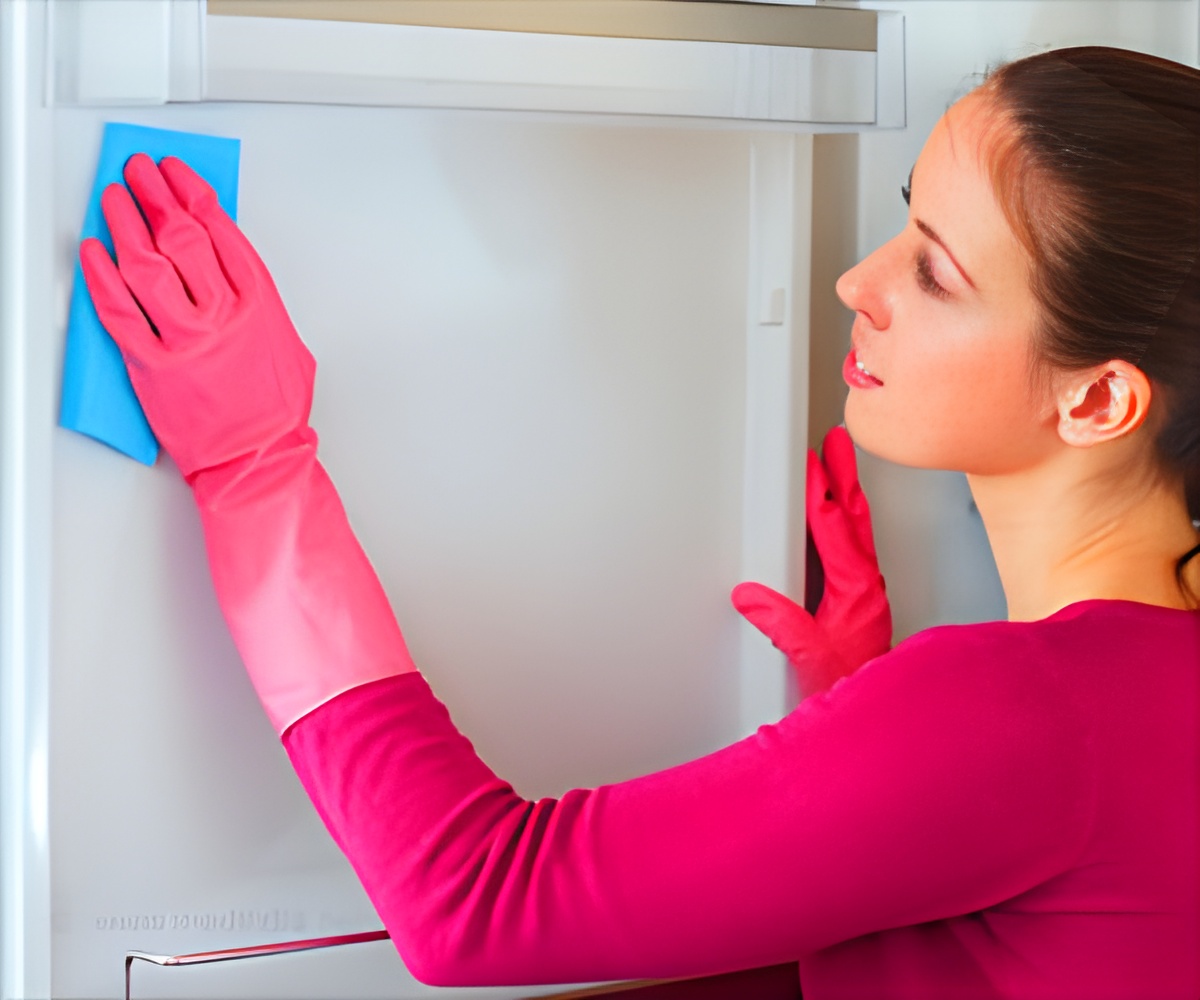
‘Exposure to chemicals before and after birth decreases lung function in kids. Strict regulation and proper labeling of consumer products should be developed to inform the public better and prevent lung function impairment in childhood.’
Read More..




The study was performed with data from more than 1,000 mother-child pairs and is one of the first to apply a comprehensive exposome approach.Read More..
We are continuously and simultaneously exposed to a wide range of environmental factors including changing the climate, air pollution in urban settings and at home and chemical substances. The totality of these exposures is referred to as the exposome. To date, numerous studies have addressed the effect of environmental determinants on respiratory health, but most had focussed on single exposures or a single family of chemicals.
"This is the first study that applies an exposome approach to identify associations between pre- and childhood exposure to a range of important environmental factors and impairment of lung function, thereby representing a new paradigm in environmental health research", explains Martine Vrijheid, ISGlobal researcher and co-coordinator of the study.
The new study, performed under the European HELIX project, analyzed data from 1,033 mother-child pairs from six European countries: Spain, France, Greece, England, Lithuania, and Norway. The researchers measured 85 exposures during pregnancy and 125 during childhood, relating to outdoor, indoor, chemical and lifestyle factors. Lung function was measured by spirometry in children at 6 and 12 years of age.
The results show that prenatal exposure to two types of perfluoroalkyl substances, aka PFAS, - PFOA and PNFA- was associated with a decrease in lung function. PFAS are used as stain and water repellents and are found in many household products and food packages. They can be absorbed by the organism, through food or water for example, and then be passed to the unborn baby through the placenta.
Advertisement
"These findings have important implications for public health," concludes Martine Vrijheid. "Preventive measures to reduce exposure to the chemical substances identified, including a stricter regulation and the labeling of consumer products to better inform the public, could help prevent lung function impairment in childhood and benefit health in the long-term," she adds.
Advertisement



